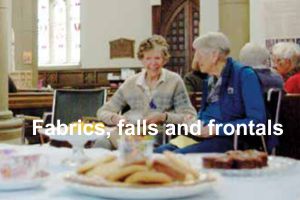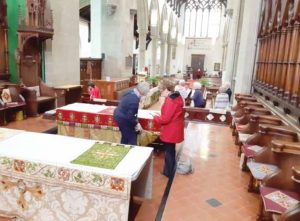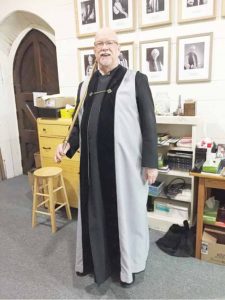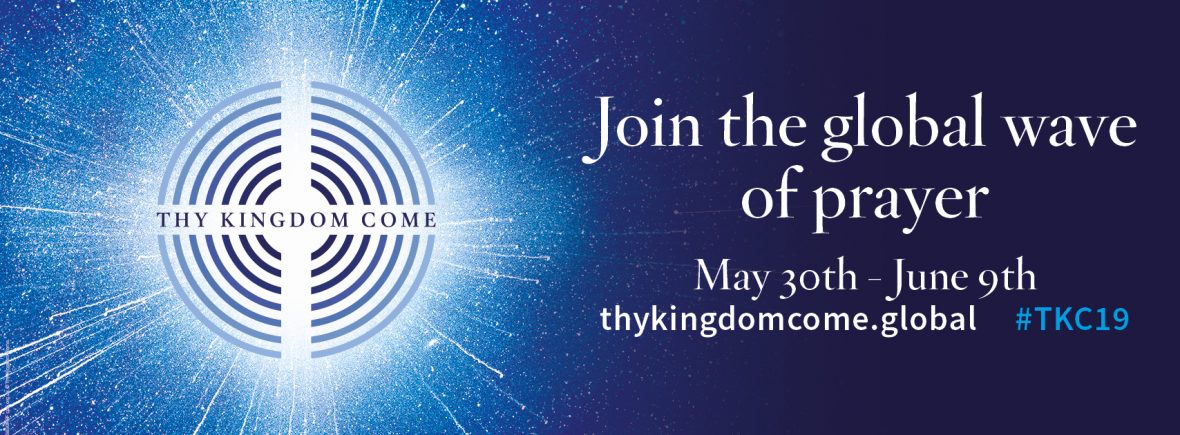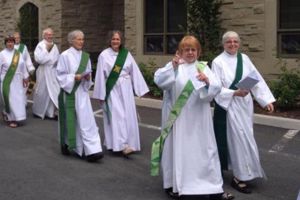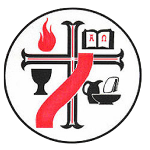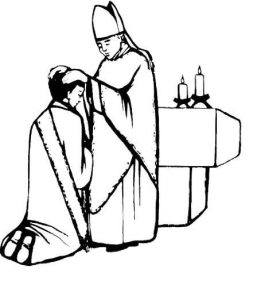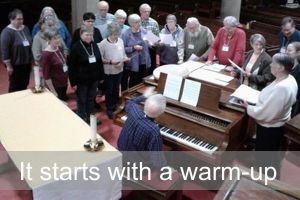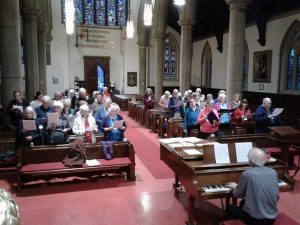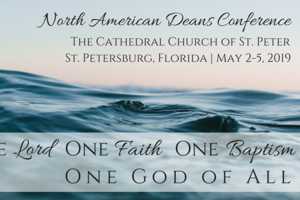Bishop and Chapter met on Monday, 17 June 2019 with nine of a usual twelve members present. In the absence of the Chair, Canon Charles Ferris was in the chair. Minutes of the 13 May were adopted. The Dean led a brief review of the Christian doctrine of the Holy Trinity. A video clip of a Q&A with Christian apologist Ravi Zacharias was viewed.
Business Arising
- Housing First Initiative - Penny Ericson visited the meeting. The Fredericton Housing First Services has made a request for proposals to which the Cathedral has responded. Estimated time line is completion November 2019. We now await confirmation of acceptance
- Giving Policy - most recent draft presented. The Policy includes Appendix of established funds, Gift, and Gift in Kind Information Forms.
From the Dean
The usual reporting on routine ministry commitments. Items of note: continue to work towards resolution to the need for a Verger; there is need for an individual to take the position of Cathedral Treasurer – perhaps the Nominating Committee needs to be engaged?; recognitions of retiring individuals and new ministry of Deacon Debbie Edmondson on 23 June; request for the Cathedral to meet with representatives of a current Visioning Committee from Wilmot United Church; absence during up-coming General Synod 09 - 17 July.
Decision
- Housing First - motion carried to proceed with three home proposal, property corner of Albert and Regent. Cathedral Housing First Committee Terms of reference adopted, P. Ericson, Chair
- Giving Policy - approved as submitted by Administration and Finance Committee. Giving Policy available from the Cathedral website.
- Recognitions - the Chapter noted the retirement of our Envelope Secretary and Verger and the departure of Isabel and Nathan Cutler voting letters of thanks to all
Reports
- Treasurer -may unrestricted income: $36,952 May expenses $56,583. May deficit: ($16,377). Half HST charity refund for 2018 received
- Health and Pastoral Care - word of Cutler’s departure. Training for AED usage being planned. B. Toole and D. Radford co-ordinating Helping Hands. Hospital visitors meet later this month.
- Property - Odell House sale in process. Awaiting repair of Cathedral west door asphalt entry. Breach in steeple roof has been viewed by drone and a plan for its remediation is in process
- Hospitality and Welcome - 23 June “Picnic and Pies” planning continues. There is need for task teams to assist. Welcomers continue to be needed for Sunday mornings
- Administration and Finance - giving policy submitted. Records management project coming to completion. A stewardship task group is working towards strategy(ies) for improving our current circumstances - Mike Toole is the chair. Safe Church training under consideration
- Christian Formation - recent meeting compiled a list of start-up dates for the Fall. Continuation of current programming with some new initiatives on the horizon including an opportunity for confirmation / reaffirmation of faith
- Communications - door hanger invitations for 23 June to be delivered in the neighbourhood this coming week. Appeal for material for the Cathedral website to keep its content fresh and inviting. JoyFM will likely partner for the September corn boil
Up-coming
- 23 June - 10:30 a.m. worship followed by “Picnic and Pies”
- 23 June - 4:00 p.m. Ordination
- 08 September - 10:30 a.m. worship and corn boil
- See the up-coming Sunday insert for Fall start-up dates
Next meetings: 16 September; 21 October; 18 November; 16 December
